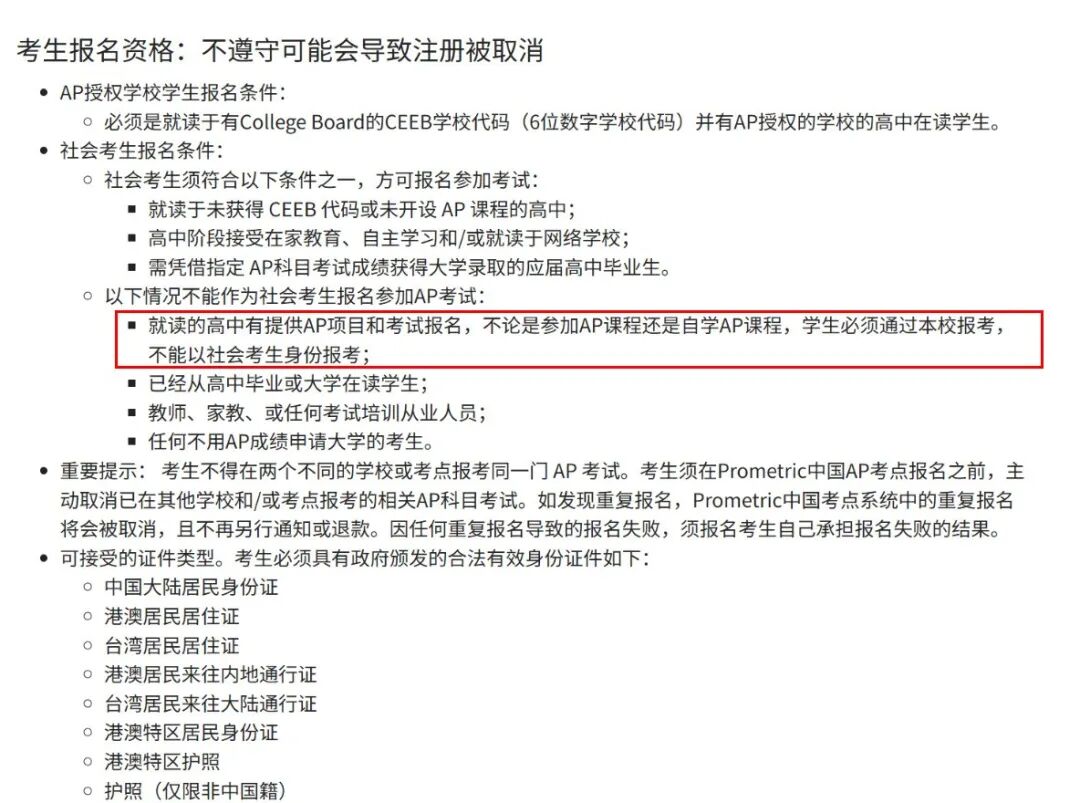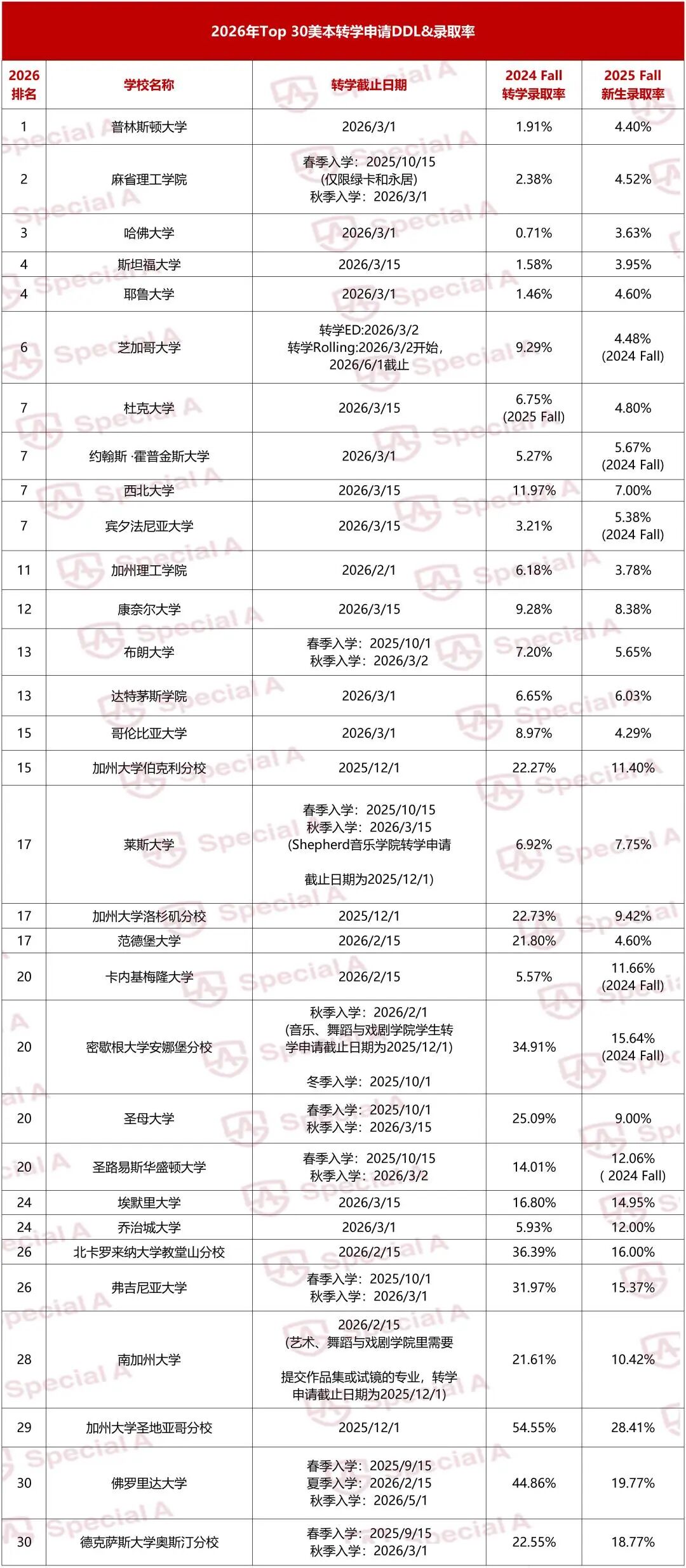今天要跟大家分享的是IGCSE经济policy to reduce unemployment降低失业的政策的详细笔记。
• Expansionary policies to increase demand: expansionary fiscal policies like cutting down taxes and increasing government spending (which also creates jobs) and expansionary monetary policies like cutting interest rates will help boost demand in the economy, to keep production and employment high. However these will take effect only with a time lag. Cutting tax rates won’t help if people don’t have confidence in the economy and prefer to save. Similarly, cutting interest rates will also be ineffective if banks are unwilling to lend to businesses, due to low confidence in the economy.
• Depreciate the exchange rate: as the currency depreciates, the country’s exports will become cheaper and so export demand from abroad will increase, helping boost production and employment in the export industries.
• Control inflation: higher inflation causes firms to lay off workers to reduce costs. So if the government tries to control inflation via monetary tools, it will help reduce firm costs and increase employment. But there is also the argument that as unemployment rises, incomes will also rise, driving up prices again.
• Cutting unemployment benefits to provide incentive to work: many people don’t work because they are comfortable living off the unemployment benefits provided by the government. Cutting down on these benefits, will persuade them to look for work and earn. But this would of course, go against the welfare principle of the government.
• Restricting imports and encourage exports: a lot of unemployment occurs when good quality and cheaper foreign products put domestic industries out of business. Controlling imports using import tariffs and quotas will encourage domestic firms to emerge and increase production and thus increase employment. Similarly, easing controls on labour-intensive export industries will open up new job opportunities. However such protectionist measures can harm the country in the long-run as efficient competition from abroad reduces.
• Cutting down minimum wages: minimum wages increase firms’ labour costs and so they will lay off workers. Lowering the minimum wages will encourage firms to employ more labour.
• Remove labour market regulations: letting the market have a free hand in the labour market – abolishing maximum working weeks, minimum wages, making it easier to hire and fire workers – will improve the labour market flexibility, can improve imperfections in the labour market. However, this can cause temporary unemployment and cause greater job insecurity.
• Training/Retraining: structural employment issues can be eliminated by retraining the unemployed in skills required in modern industries. This will also improve occupational mobility. This is very expensive when done on a large scale across the economy, requiring training centres to be built, and trainers to be employed. The benefits of providing skills and training will only be reaped in the long-term.
• Promote industries in unemployed areas: a lot of employment is created when government provide subsidies and tax breaks for new industries which set up shop in certain backward regions.
• Increase geographical mobility of labour: frictional unemployment is caused because people can’t move around to find good jobs. The government can improve labour mobility by investing in transport and housing services.
• Provide information: frictional unemployment can be eliminated to an extent by making information available about job vacancies to the unemployed through job centres, newspapers, government websites etc.















